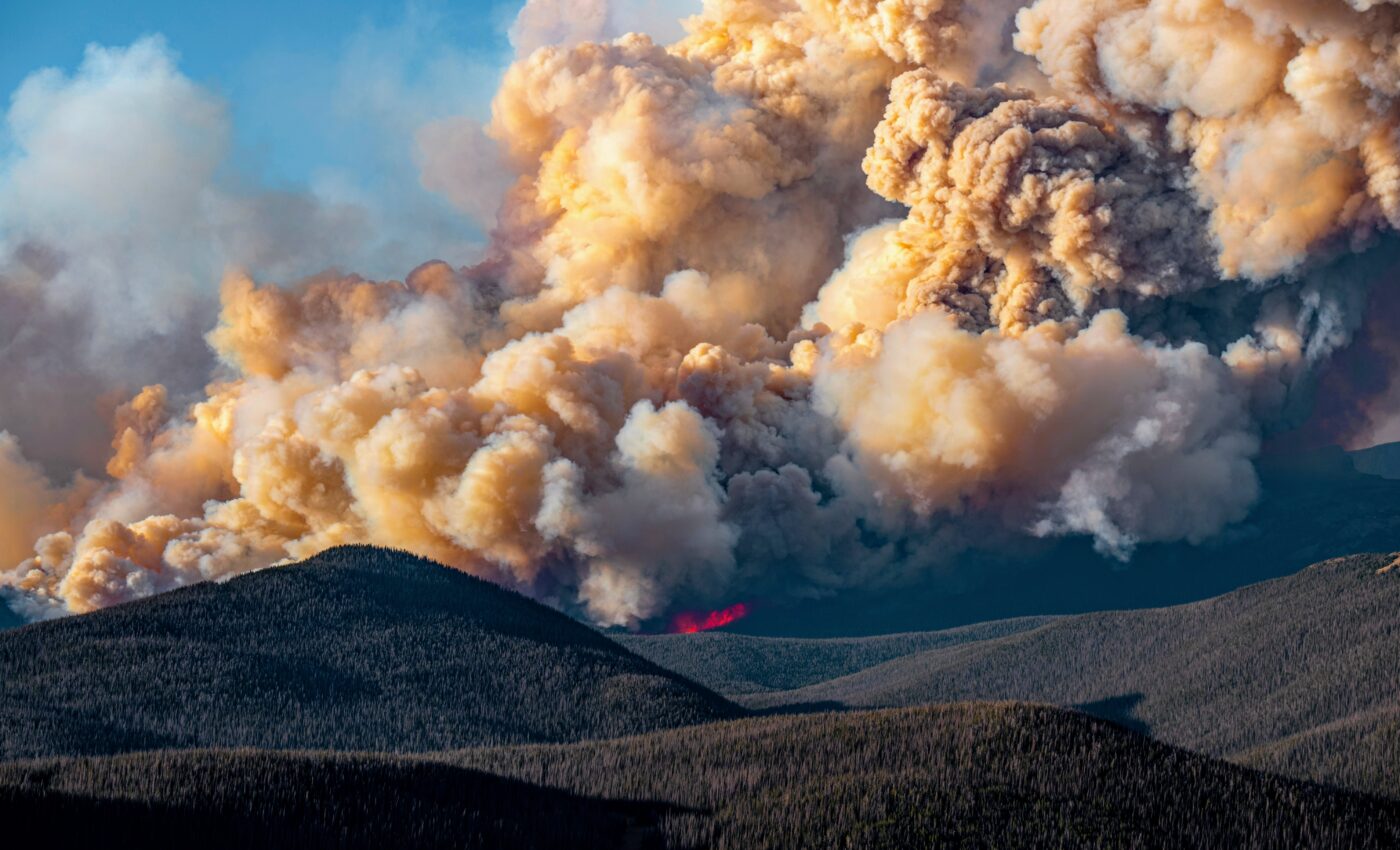
Air conditioning systems trap harmful particles from wildfire smoke
Air conditioning systems can significantly reduce the risk of harm from wildfire smoke, according to a new study led by the University of Technology Sydney (UTS).
The researchers found that air conditioning units trap particles from wildfire smoke and reduce our exposure to potentially harmful elements like soluble mercury, sulfate, and nitrate. This revelation adds a new dimension to the understanding of air conditioning beyond its primary function of cooling spaces.
Wildfire smoke, as highlighted by the UTS study, is not just an environmental concern but a significant health hazard. It can exacerbate conditions like asthma, chronic obstructive pulmonary disease (COPD), and heart disease, leading to increased hospitalizations and even fatalities.
Increasing wildfires
The study’s insights are particularly relevant in the wake of increasing wildfires globally, which have been a source of major air pollution.
“The wildfires that raged across Australia during the 2019–2020 ‘Black Summer’ produced an enormous amount of air pollution, with plumes of smoke traveling long distances and cloaking Sydney and surrounding areas,” said study lead author and PhD candidate Raissa Gill.
“We wanted to find out more about what was in the wildfire smoke we were breathing. By using commercial air conditioning filters, we were able to capture and analyze the chemical composition of particles that would otherwise have been inhaled.”
Focus of the study
The team used commercial air conditioning filters to collect and analyze the chemical composition of airborne particles during the wildfires. Filters from UTS Buildings 4 and 7 served as the primary source for sample collection.
The results showed that particulate matter concentrations were 2–3 times higher than normal, with spikes reaching 10.5 times the usual maximum. These levels exceeded national standards on 19% of the days across the four-month sampling period.
Wildfire aerosols
Study co-author Professor Martina Doblin noted significant differences in the physical and chemical properties of wildfire aerosols compared to typical urban aerosols.
“Wildfire aerosols contained much smaller, rounder particles than urban aerosols, making them more likely to be inhaled into our lungs and to transfer toxic elements into our blood stream,” said Professor Doblin.
“These particles also contained more soluble forms of mercury, as well as higher concentrations of sulfate, nitrate and fluoride ions and metals including manganese, cobalt, and antimony. Mercury is quite toxic even in low concentrations and can cause neurological problems and lung damage.”
Broader implications
The study not only highlights the immediate risks posed by wildfire smoke but also emphasizes the long-term environmental and health impacts.
“While air quality in Sydney is usually good by world standards, recent evidence has clearly shown that the handful of days that we get every year with high pollution loads from wildfires and dust storms lead to significant disease and death in the community,” said study co-author Professor Fraser Torpy.
“Studies that build an understanding of these high pollution events are critical in helping us determine what is causing these health crises, and will lead towards a better understanding of how we can protect the vulnerable members of the community that suffer from them.”
HVAC systems
Interestingly, the researchers found that HVAC systems, though not specifically designed for wildfire smoke, played a significant role in reducing indoor exposure to toxic particles. This was evidenced by the lower concentrations of fine particulate matter indoors compared to outdoors during the Canberra wildfires in 2019-2020.
The study suggests that considering higher-rated HVAC filters during fire seasons, and their regular maintenance and replacement, could be vital in reducing exposure to toxic particles.
Challenges and future directions
Despite these findings, Gill pointed out that many Australian homes and older buildings, which rely on natural ventilation or have inefficient HVAC systems, remain vulnerable to wildfire smoke.
“Australians face significant obstacles in achieving satisfactory air quality during major wildfire events. Many homes and older buildings rely on natural ventilation or have poor HVAC filtration efficiency and gaps that allow smoke to enter. These systems can also be costly and complicated to manage for effective protection during wildfires,” said Gill.
“Given that severe wildfires are projected to increase with climate change, the role of wildfire-ready infrastructure in maintaining public health, as well as the need to reduce greenhouse gas emissions, is now more pressing than ever.”
The study is published in the journal Environmental Pollution.
Like what you read? Subscribe to our newsletter for engaging articles, exclusive content, and the latest updates.
—–
Check us out on EarthSnap, a free app brought to you by Eric Ralls and Earth.com.












